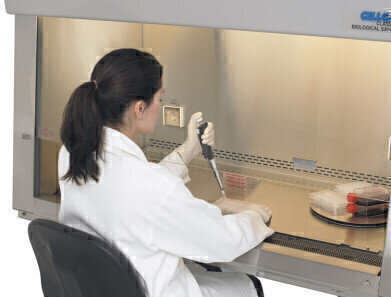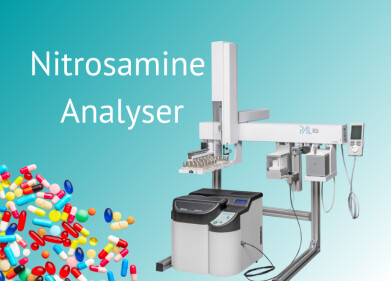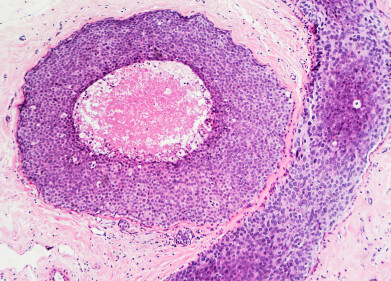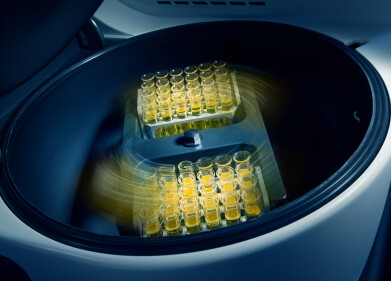Laboratory Products
When Should You Replace Your Biological Safety Cabinets
Nov 04 2015
Biological Safety Cabinets Have a 15 Year Useable Life
Several considerations should be made of BSC’s in this age group:
- Will the BSC need extensive service? (i.e. HEPA filter replacement, blower/motor replacement, electrical system replacement? etc).
- Can an older BSC be commissioned after it has been in storage or purchased as a resale?
- Will original test reports/manuals be available or will the BSC be commissioned to current NSF Standards?
After 15 years, replacement parts may or may not be available due to electrical or mechanical changes at the factory or industrial part suppliers. For example, since the year 2010 magnetic ballasts and T12 fluorescent bulbs have not been readily available. In addition, today’s BSC’s have evolved through the years with many improvements in safety containment performance, ergonomics, serviceability, and energy efficiency that should be considered in a repair versus replacement decision.
Improvements in safety containment performance have been driven by many factors over the years. Product design, airflow optimisation, improved HEPA filters and testing methods have all had a major impact on safety containment performance improvement. However, the single largest impact was the 1992 Revision of the NSF Standard 49. BSC’s that were submitted to NSF for product testing after 1992 had several new tests performed on them that required each manufacturer to adjust and/or improve their BSC’s to assure compliance to the revised standard. These new tests included direct inflow measurement of inflow velocity, motor/ blower performance and biological safety containment performance tolerance testing. As stated above, each of these new tests provide a higher level of safety containment performance. The revised standard requires biological testing at multiple airflow setpoints challenging the BSC for abnormal airflow conditions that provides a more robust safety containment system.
Improvements in ergonomics: Four key elements were changed, increasing the effective work area, forearm support, expanded vision zone, and optimal posture with adjustability.
Improvements in energy efficiency: Optimisation of the airflow system including the motor, blower and HEPA filter was accomplished by working closely with our suppliers to meet our design specifications, maximizing energy efficiency, improving performance and capacity. The fluorescent lighting system was also upgraded to utilize the latest technology of electronic ballasts and T8 fluorescent bulbs versus the older magnetic ballasts and T12 bulbs. NuAire choose to incorporate the new electronic ballast design, as well as integrate a more robust wiring system for reliable wire connections and terminations. These changes, along with general improvement in the electrical systems represent up to a 20% energy savings over NuAire pre 1995 BSC’s.
Improvements in serviceability: External adjustment of the exhaust choke screw, front filter access, blower mounting and improvement of the wiring system all aid to reduce service and/or certification time resulting in lower maintenance costs.
Considerations for replacement or repair: Consult with your institutes Environmental Health and Safety Department, an Accredited Certifier currently performing the BSC maintenance, your areas NuAire Sales Representative, and/or the NuAire Technical Service Department. NuAire will continue to support older BSC’s with common replacement parts if possible.
Digital Edition
Lab Asia 31.6 Dec 2024
December 2024
Chromatography Articles - Sustainable chromatography: Embracing software for greener methods Mass Spectrometry & Spectroscopy Articles - Solving industry challenges for phosphorus containi...
View all digital editions
Events
Jan 22 2025 Tokyo, Japan
Jan 22 2025 Birmingham, UK
Jan 25 2025 San Diego, CA, USA
Jan 27 2025 Dubai, UAE
Jan 29 2025 Tokyo, Japan


.jpg)

















